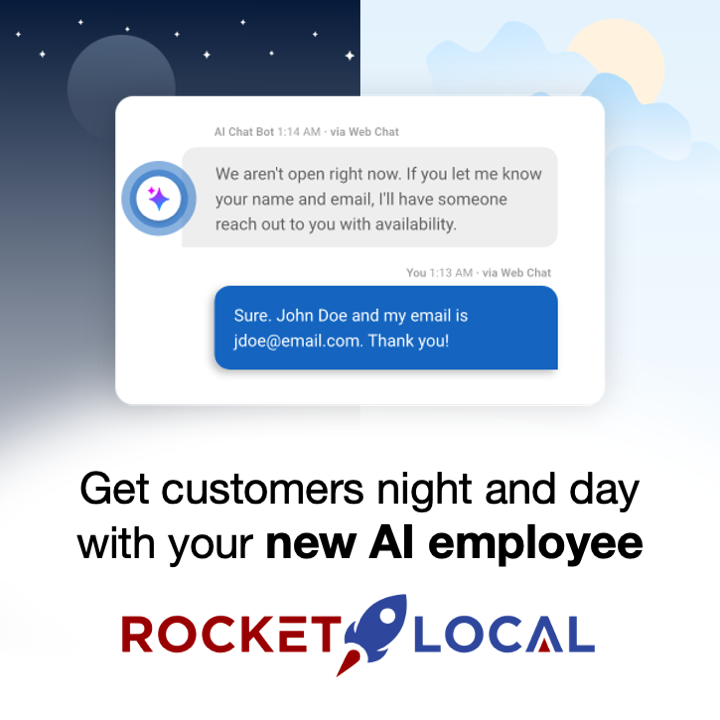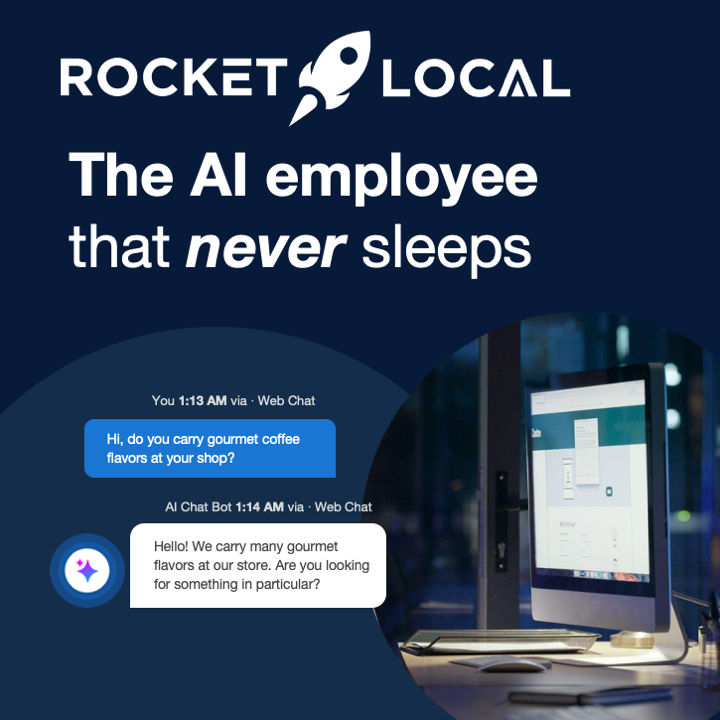In today’s digital world, businesses need to stand out online, and that’s where SEM, or search engine marketing, comes into play. This guide is all about helping you understand SEM and how it can boost your business in 2025. We’ll break down what SEM is, the key parts you need to know, and how to create a strategy that works for you. Whether you’re just starting out or looking to sharpen your skills, this article will give you the insights you need to succeed in the competitive landscape of online marketing.
Key Takeaways
- SEM is a vital strategy for increasing online visibility and attracting customers through paid ads.
- A successful SEM strategy involves thorough keyword research, clear goal setting, and understanding your target audience.
- Staying updated on the latest trends and optimizing your campaigns can significantly enhance your SEM efforts.
Understanding The Essentials Of SEM Search Engine Marketing
What Is SEM Search Engine Marketing?
Okay, so what is SEM? It stands for Search Engine Marketing, and basically, it’s all about using paid ads to show up higher in search engine results. Think of it as giving your website a boost so more people see it when they search for stuff online. It’s a pretty direct way to get your business noticed. Unlike SEO, which takes time to build up, SEM can give you almost instant visibility. You’re paying for that top spot, so when someone searches for something related to your business, your ad pops up right away. It’s a fast-paced world, and SEM helps you keep up.
Key Components Of SEM
SEM isn’t just throwing money at ads and hoping for the best. There are a few key things you need to get right. First, there’s keyword research. You need to figure out what words people are actually typing into search engines when they’re looking for what you offer. Then, you create ads that use those keywords. But it’s not just about the words; your ads need to be catchy and relevant so people will actually click on them. And finally, you have to track how your ads are doing. Are people clicking? Are they buying stuff after they click? If not, you need to tweak things. Think of it like this:
- Keyword Research: Finding the right words.
- Ad Creation: Making ads that grab attention.
- Performance Tracking: Seeing what works and what doesn’t.
SEM is a bit of a balancing act. You’re trying to get the most bang for your buck, so you need to be smart about where you spend your money. It’s not just about having the biggest budget; it’s about using your budget wisely. Understanding digital advertising metrics is key.
Here’s a simple table to illustrate the components:
| Component | Description |
|---|---|
| Keyword Research | Identifying relevant search terms. |
| Ad Creation | Crafting compelling and relevant advertisements. |
| Performance Tracking | Monitoring and analyzing ad performance to optimize campaigns. |
Crafting A Winning SEM Strategy
Developing An Effective SEM Strategy
Okay, so you want to make a splash with SEM? It’s not just about throwing money at ads and hoping for the best. You need a plan! A solid SEM strategy is like a roadmap, guiding you to your goals. First, figure out who you’re trying to reach. What are they searching for? What problems do they have that you can solve?
- Start with keyword research. Tools like Google Keyword Planner can help you find the terms your target audience is using. Think about both broad keywords and long-tail keywords (longer, more specific phrases).
- Craft compelling ad copy. Your ads need to grab attention and convince people to click. Highlight the benefits of your product or service and use a clear call to action.
- Optimize your landing pages. When people click on your ad, they should land on a page that’s relevant to what they were searching for. Make sure your landing page is easy to navigate and has a clear conversion goal (e.g., filling out a form, making a purchase).
Don’t set it and forget it! SEM is an ongoing process. You need to track your results, analyze your data, and make adjustments as needed. Pay attention to metrics like click-through rate (CTR), conversion rate, and cost per acquisition (CPA). This will help you refine your strategy and get the most out of your budget. Use SEO keywords to improve your online visibility.
Best Practices For Search Engine Advertising
Alright, let’s talk about some best practices for search engine advertising. These are the things that can really make or break your campaigns. Think of it as the difference between throwing darts blindfolded and aiming for the bullseye.
- Keyword Relevance: Make sure your keywords are relevant to your ads and landing pages. Google rewards relevance with higher ad rankings and lower costs.
- Ad Extensions: Use ad extensions to add extra information to your ads, like your phone number, address, or links to specific pages on your website. This can improve your click-through rate and give people more reasons to choose your ad.
- A/B Testing: Test different versions of your ads to see what works best. Try different headlines, descriptions, and calls to action. Even small changes can have a big impact. Consider using the Google Display Network to reach a wider audience.
Here’s a quick example of A/B testing:
| Ad Element | Version A | Version B |
|---|---|---|
| Headline | Get a Free Quote Today! | Learn More About Our Services |
| Description | We offer the best prices in town. Call now! | Find out how we can help you solve your problem. |
Remember, the world of SEM is always changing. What works today might not work tomorrow. Stay up-to-date on the latest trends and best practices, and don’t be afraid to experiment. Good luck!
Staying Ahead In The SEM Landscape

Emerging Trends In SEM
Okay, so the world of SEM is always changing, right? It feels like every time you get comfortable, something new pops up. In 2025, it’s all about staying flexible and being ready to jump on the next big thing. One of the biggest shifts I’m seeing is the rise of AI-powered tools. These aren’t just for big companies anymore; they’re becoming accessible to everyone, helping with everything from keyword research to ad optimization.
Here’s what I’m keeping an eye on:
- Voice Search Optimization: People are talking to their devices more than ever. If your ads aren’t optimized for voice search, you’re missing out.
- AI-Driven Personalization: Ads that feel personal are the ones that convert. AI is making it easier to tailor ads to individual users.
- Video Ads Everywhere: Video is king, and it’s not just on YouTube anymore. Expect to see more video ads across all search platforms.
Staying ahead means experimenting. Don’t be afraid to try new ad formats, test different targeting options, and see what resonates with your audience. The only way to know what works is to get your hands dirty and see what happens.
Optimizing Your SEM Campaigns
Alright, let’s talk about making your SEM campaigns the best they can be. It’s not enough to just set them up and let them run; you’ve got to constantly tweak and optimize. One of the most important things is to really understand your audience. What are their pain points? What are they searching for? The better you understand them, the better you can target your ads.
Here are some things I always focus on:
- Landing Page Experience: Your landing page is where the magic happens. Make sure it’s relevant to your ad, easy to navigate, and optimized for conversions. A comprehensive SEO audit can help identify areas for improvement.
- Mobile Optimization: Most searches happen on mobile devices. If your site isn’t mobile-friendly, you’re losing potential customers.
- A/B Testing: Never stop testing! Try different ad copy, different landing pages, and different targeting options to see what works best.
| Metric | Goal | Strategy
To stay on top in the world of Search Engine Marketing (SEM), you need to keep learning and adapting. The online landscape changes quickly, and what worked yesterday might not work today. By staying informed about the latest trends and tools, you can make smarter choices for your business. Don’t get left behind! Visit our website to discover how we can help you succeed in SEM and grow your online presence today!
Wrapping It Up
So, there you have it! Search Engine Marketing is a big deal for anyone looking to get noticed online. It’s not just about throwing money at ads; it’s about being smart with your strategy. By mixing in some solid SEO with your SEM efforts, you can see quick wins and build a lasting presence. Remember, it’s all about knowing your audience and what they’re searching for. Keep testing, tweaking, and learning as you go. The digital world changes fast, but with the right tools and mindset, you can keep up and even get ahead. Good luck out there!
Frequently Asked Questions
What is Search Engine Marketing (SEM)?
Search Engine Marketing (SEM) is a way to promote your business online by paying for ads that show up on search engines like Google. It helps businesses reach people who are looking for their products or services.
What are the main parts of SEM?
The main parts of SEM include keyword research, creating ads, and tracking how well those ads perform. Keyword research helps you find what words people use to search for things, and tracking helps you see how successful your ads are.
How can I create a successful SEM strategy?
To create a good SEM strategy, start by setting clear goals, doing keyword research, and writing effective ads. It’s also important to keep testing different ideas to see what works best and to adjust your strategy based on the results.


